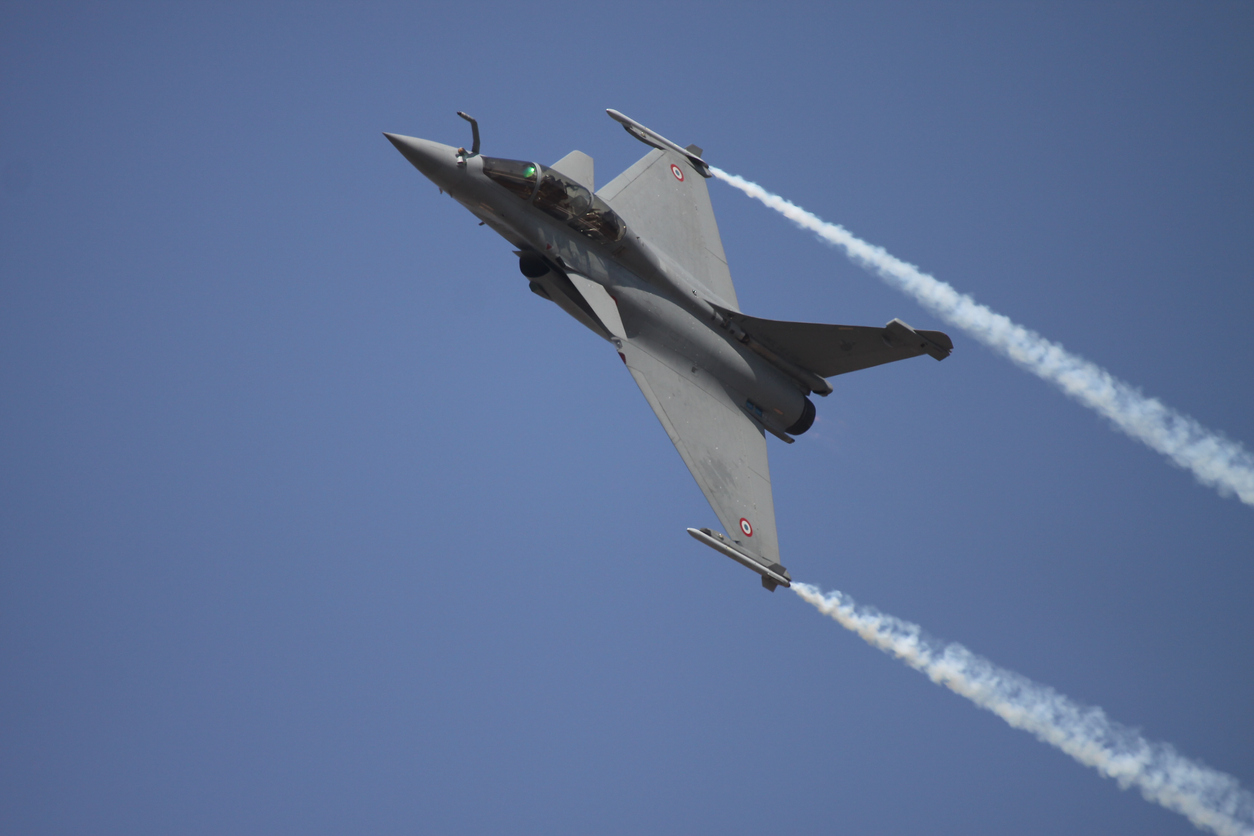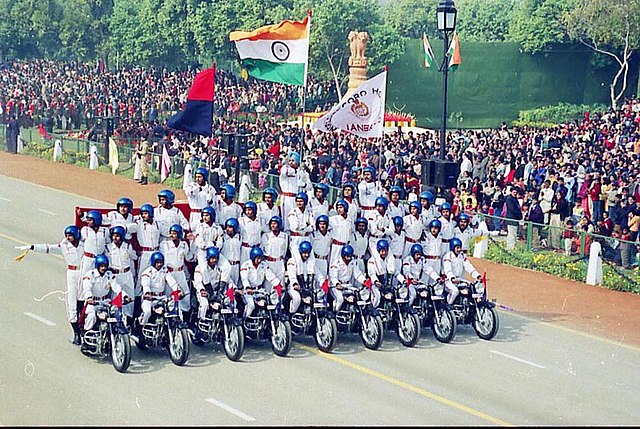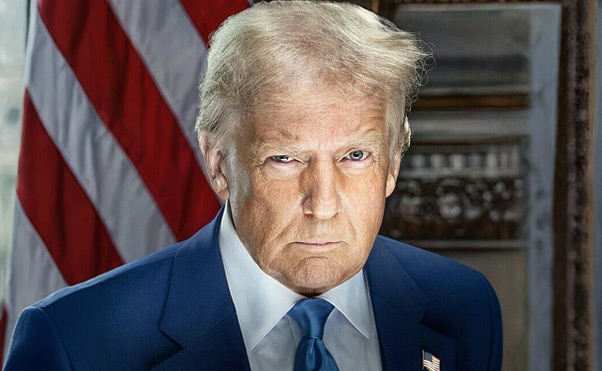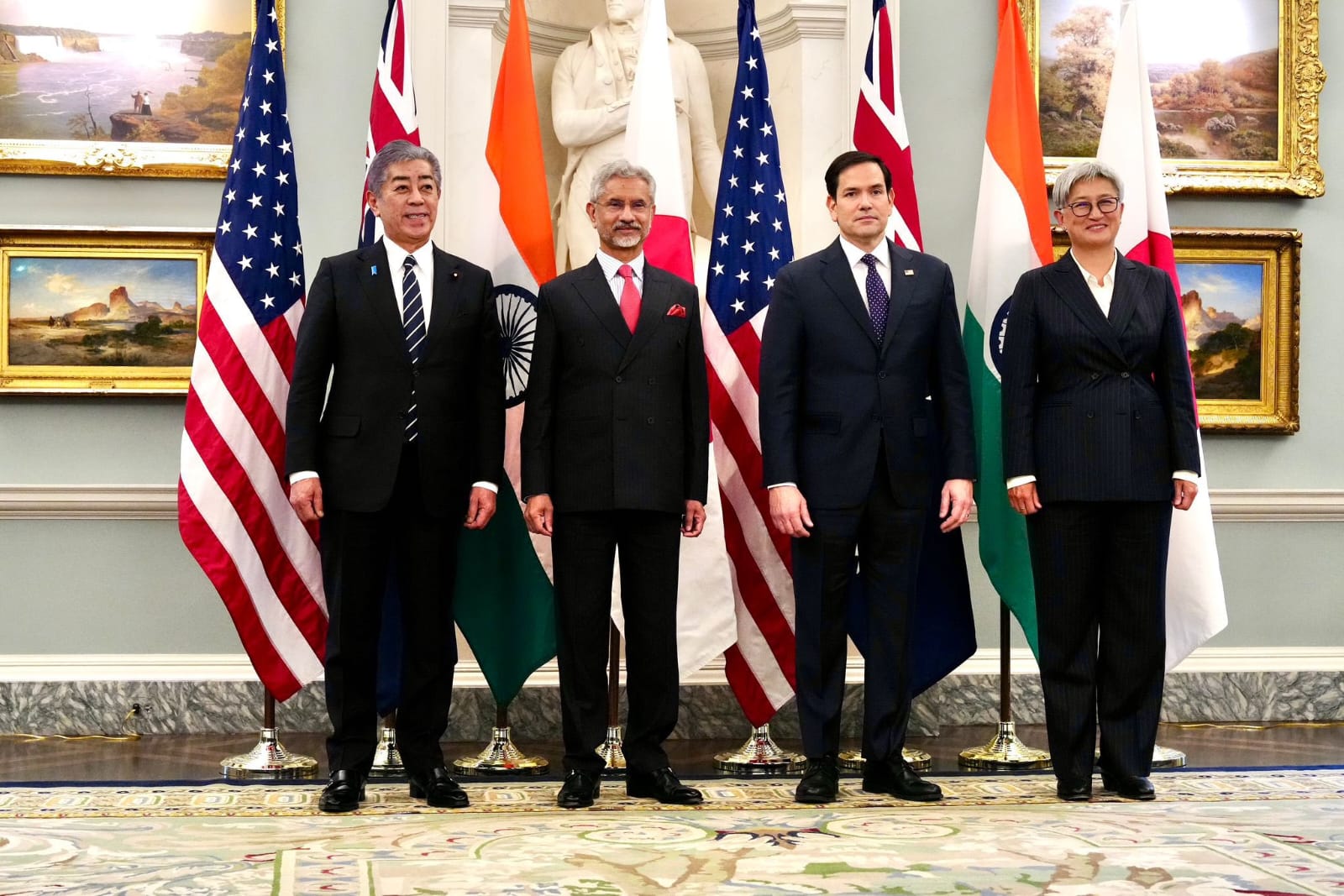
The MRFA Deal & Atmanirbharta

The Indian Air Force (IAF) published a Request For Information (RFI) in April 2019 to purchase 114 Multi Role Fighter Aircraft (MRFA) at an estimated cost of $18 billion. This program is said to be one of the largest military acquisition initiatives in history. There are eight aircraft competing in the race: Sukhoi Su-35 and the Mikoyan MiG-35 of Russia, the Saab JAS039 Gripen, the Boeing F/A-18E/F Super Hornet, the French Dassault Rafale, the Eurofighter Typhoon, and the Lockheed Martin F-21 (a modified F-16V). India’s goal of strategic independence in the defence sector has been largely dependent on its pursuit of self-reliance for fighter aircraft engines. The Tejas Light Combat Aircraft (LCA) and the soon-to-be Advanced Medium Combat Aircraft (AMCA) are two examples of how India, one of the few nations in the world, has successfully developed and produced its own fighter aircraft. However, there is still a long, hard way to go before Indian-made fighter aircraft engines are developed. India’s excessive reliance on foreign suppliers for vital technologies, primarily aircraft engines, continues to be a significant barrier to the nation’s ambition of becoming self-sufficient, even with a robust defence establishment.
IAF’s Search for filling the Strategic Void
The inability of the IAF to keep the number of combat aircraft squadrons at the currently authorized level of 42 is one of the major and excruciating issues that the force has been grappling with for the past 20 years. Since the majority of the MiG-21 fleet, which was first deployed in the middle of the 1960s, was becoming obsolete and was planned to be retired from service by 2020, the IAF, in anticipation, launched a bid in August 2007 for the procurement of 126 Medium Multi-Role Combat Aircraft (MMRCA) through a worldwide tender. The objective was to induct 4.5 generation fighters into the IAF by 2010.The IAF, while pursuing the MMRCA programme, parallelly commenced induction the SU-30 MK-I versions from 2002 onwards with a plan to equip about 15 Squadrons with a total of 272 aircrafts by the end of 2020. Unlike the SU-30 deal, which was a straight-line transaction, the MMRCA deal involved the OEM winning the contract to supply the first 18 aircraft in fly-away condition. The remaining 108 aircraft, however, would require the OEM to manufacture them in India. The Rafale jet from Dassault Aviation of France was identified by the IAF as the preferred platform for this deal. Unfortunately, the eight years of work were in vain since the tender floundered and was ultimately cancelled, in 2015 due to unresolvable issues. Presently, India produces its own fighter jets, the Tejas Mk-1/1A, but is wholly dependent on F-404 engines manufactured by GE Aerospace, US. This reliance primarily exposes India to potential sanctions, embargoes, and supply disruptions, endangering the nation’s operational readiness and strategic independence. The efforts to get Transfer of Technology (ToT) from GE Aerospace for F-414 engine (for LCA Mk-II and AMCA) and Safran engine from French Aerospace did not succeed. Therefore, in the absence of indigenous aircraft with complete “make in India” capability and MMRCA deal getting cancelled, India had to renegotiate and undertake limited tender procurement of 36 Rafale in “flyaway” condition. These aircrafts were expected to equip at least two squadrons as against the seven if the MMRCA tender for 126 aircraft had succeeded. However, such stop-gap measures have not resolved the critical shortage of fighter squadrons of the IAF. Therefore, with fast depleting older aircrafts fleets and mounting additional threats over Indian Ocean Region (IOR), stalled progress of indigenous aircrafts due dependence on foreign engines and rapidly evolving technology towards 5th generation aircrafts, the IAF had no option but to once again focus on new acquisitions through global tender.
Acquisition of 114 MRFA
The initial 40 LCA Mk1 with F 404 engine supply to the IAF had been delayed considerably, according to a report by the Parliamentary Standing Committee on Defence that was presented to the legislature on December 20, 2023. The report also recommended looking into the possibility of purchasing advanced fifth-generation fighter aircraft over-the-counter. In an effort to fill the void created by phasing out the MiG 21s and the MRFA deal not yet fructified, in the beginning of the year, the Cabinet Committee in Security (CCS) cleared the proposal by the IAF to acquire 83 of LCA Mk1 which will equip five squadrons, with another order of 97 more aircrafts.
In the light of existing constraints, It becomes imperative that the IAF look into the possibility of purchasing combat platforms from foreign sources that can be delivered in a reasonable amount of time, as the IAF is not really in a position to rely solely on the indigenous industry to provide capable combat aircraft in the numbers needed to build up the strength of the combat fleet to the authorized level and that too in the required time frame. Therefore, in view of the existing “two front threats” and emerging threat over IOR, in order to regain and maintain its combat edge over the People’s Liberation Army Air Force (PLAAF) of China and the Pakistan Air Force (PAF), the proposal to acquire 114 MRFA with at least 4,5 generation capability becomes highly significant.
Acquisition and Atmanirbharta push
By the end of 2023, it was amply evident that none of the aerospace industry of globe would be ready to transfer their engine technology for developing a fully indigenous aircraft by India, the decision to go for MRFA procurement seemed to be inescapable. Now since the lucrative deal of 114 MRFA of almost $20 billion has attracted attention of eight top fighter manufacturers of the world, India must negotiate the deal with maximum advantage. The US and French aircraft manufacture giants Lockheed Martin and Dassault Aviation have already started conveying lucrative offers to grab this mega deal. Both companies have offered engine technology ToT with the confirmation of deal in their favour. India must take full advantage of this keenness of major companies in fiercely competing to get the deal. It’s the right opportunity for India to not only get the most advanced fighter aircraft but also the push for its Atmanirbhar initiative. India must bargain for the following criteria: –
(a) First and foremost, consideration would continue to be to get the best machine by carefully evaluating the performance of each fighter aircraft on the offer. However, additional consideration of “inventory management” should also be kept in view. Since Rafale squadrons are already set up with efficient maintenance and supply facilities, further procurement of similar type would allow seamless induction, without incurring any additional training and maintenance set up requirement. Additionally, Indian navy (IN) is already in the process of procuring Rafale (Marine) version for the aircraft carrier.
(b) India must ensure pre-condition of setting up of facilities for “manufacture in India”, even if certain aircrafts have to be accepted in fly away condition.
(c) Thirdly, and most importantly India must insist on ToT of engine / co-development of engine in order to get the technology for indigenously developing a suitable engine for its LCA Mk-II and AMCA. Considering this critical requirement, the selection of Rafale or Boeing F-15EX or Lockheed Martin F-16 for getting suitable engine technology, looks probable.
Conclusion
The purchase of 114 MRFA should go swiftly with the least amount of red tape. Although the government claims that the IAF now has 31 fighter squadrons versus the allowed number of 42, the last of the two MiG 21 squadrons is leaving, and the upgrade of Sukhoi squadrons is a forced agreement. The US and European offers for the Dassault Rafale now hold the advantage in the MRFA competition because of pre-existing maintenance and support infrastructure. It would be a golden opportunity for India to acquire engine technology as well as manufacturing facilities set up in India for future fighter developments indigenously.
Disclaimer
The opinions expressed in this article are the author’s own and do not reflect the views of Chanakya Forum. All information provided in this article including timeliness, completeness, accuracy, suitability or validity of information referenced therein, is the sole responsibility of the author. www.chanakyaforum.com does not assume any responsibility for the same.
Chanakya Forum is now on . Click here to join our channel (@ChanakyaForum) and stay updated with the latest headlines and articles.
Important
We work round the clock to bring you the finest articles and updates from around the world. There is a team that works tirelessly to ensure that you have a seamless reading experience. But all this costs money. Please support us so that we keep doing what we do best. Happy Reading
Support Us















POST COMMENTS (0)